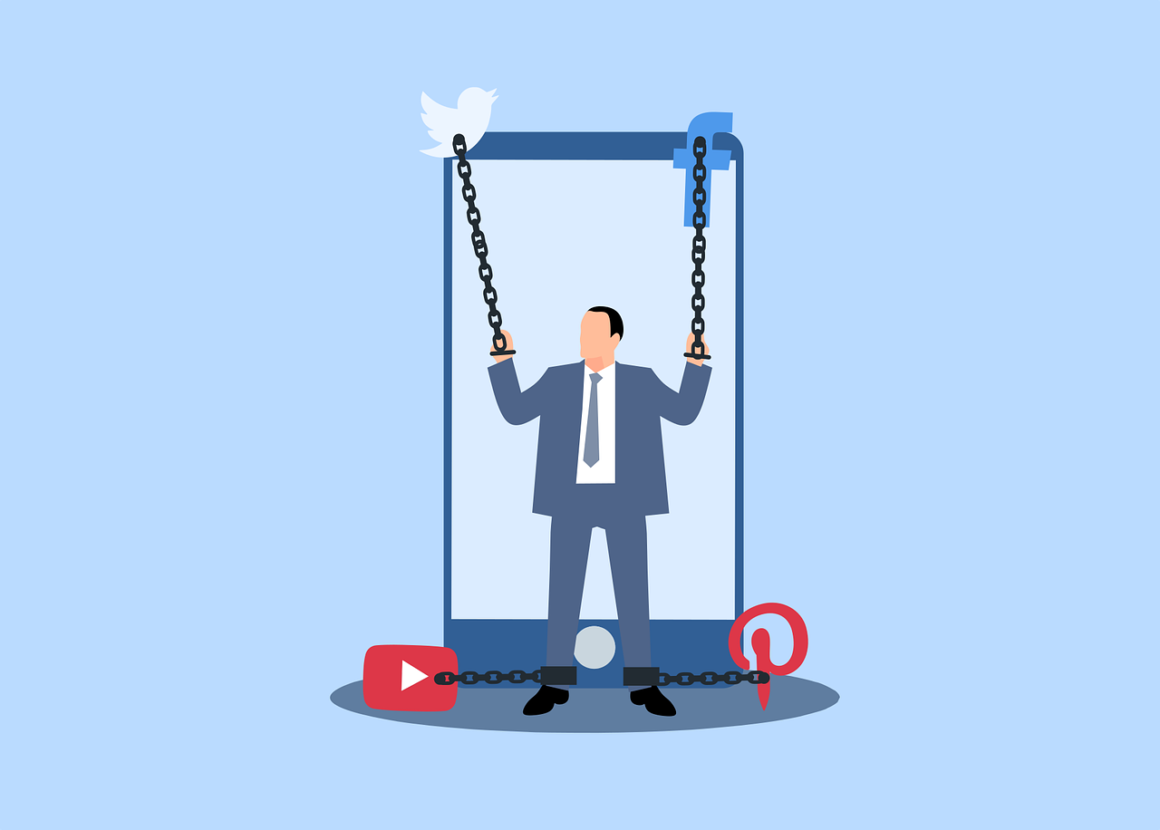Studies show that nearly 66% of women of reproductive age use some form of birth control, whether it be condoms, the pill, patches, IUDs, or other methods. Hormonal forms of birth control act upon the endocrine system by releasing synthetic hormones that mimic the naturally-produced hormones estrogen and progesterone. While the primary reason for taking hormonal birth control is actual birth control, up to 14% of women who take it do so for other purposes. Here are 5 additional reasons to take hormonal birth control:
1. You Can Regulate Your Menstrual Cycle
Different forms of birth control can have varying effects on the timing and length of your menstrual cycle. Some common options include:
- 3 weeks of an “active” pill, 1 week of an inactive pill (during which you would get your period)
- 24 days of an “active” pill, 4 days of an inactive pill (during which you would get your period)
- 26 days of an “active” pill, 2 days of an inactive pill (during which you would get your period)
- 91 days of an “active pill”, often followed by a light period
- 365 days of an “active” pill (no period)
- 3 weeks of patches, followed by a 1 week break
- 4 weeks of patches (no period)
- certain IUDs (which may stop your period)
Depending on which birth control method you may use, you are able to alter the time and length at which you get your period (or avoid your period all together). Using a particular form can help you regulate your cycle in a way that is convenient for your own personal agenda.
2. It Can Help Manage Endometriosis
Endometriosis is a condition in which the endometrium, the tissue that lines the inside of the uterus, grows outside of it. It is estimated that between 10 percent and 20 percent of American women of childbearing age have endometriosis.
Pain and inflammation often occurs because the tissue located outside of the uterus still bleeds during a period. As the blood can’t easily get out of your body, it begins to build up in other places. Hormonal birth control methods can help manage this condition because they allow you to skip periods, which prevents this build up.
3. It Reduces Your Risk of Cancer
Hormonal forms of birth control have been known to reduce your risk of getting some types of cancer. Women who take combination birth control pills are at least 30% less likely to get endometrial cancer, 15% to 20% less likely to get colorectal cancer, and 30% to 50% less likely to get ovarian cancer.
4. It Can Help Protect Against Ovarian Cysts
Ovarian cysts are fluid-filled sacs that may develop in or on one of your ovaries. Most of them are harmless, but they can sometimes rupture and cause serious symptoms. Hormonal birth control can prevent ovulation, which can stop these cysts from forming.
5. It Can Provide Relief From PMS Symptoms and Menstrual Pain
Premenstrual syndrome, or PMS, is a group of uncomfortable symptoms that many women experience leading up to their period. Hormonal birth control can prevent PMS and either decrease or completely eliminate menstrual pain.
Although hormonal forms of birth control have their benefits, those who take it may experience side effects such as acne, bloating, fatigue, headaches, insomnia, nausea, and weight gain. Thankfully, if any of these decide to show up, the majority will only last for a few months while the body is still getting used to it. Because of this, the benefits of birth control outweigh the drawbacks.




